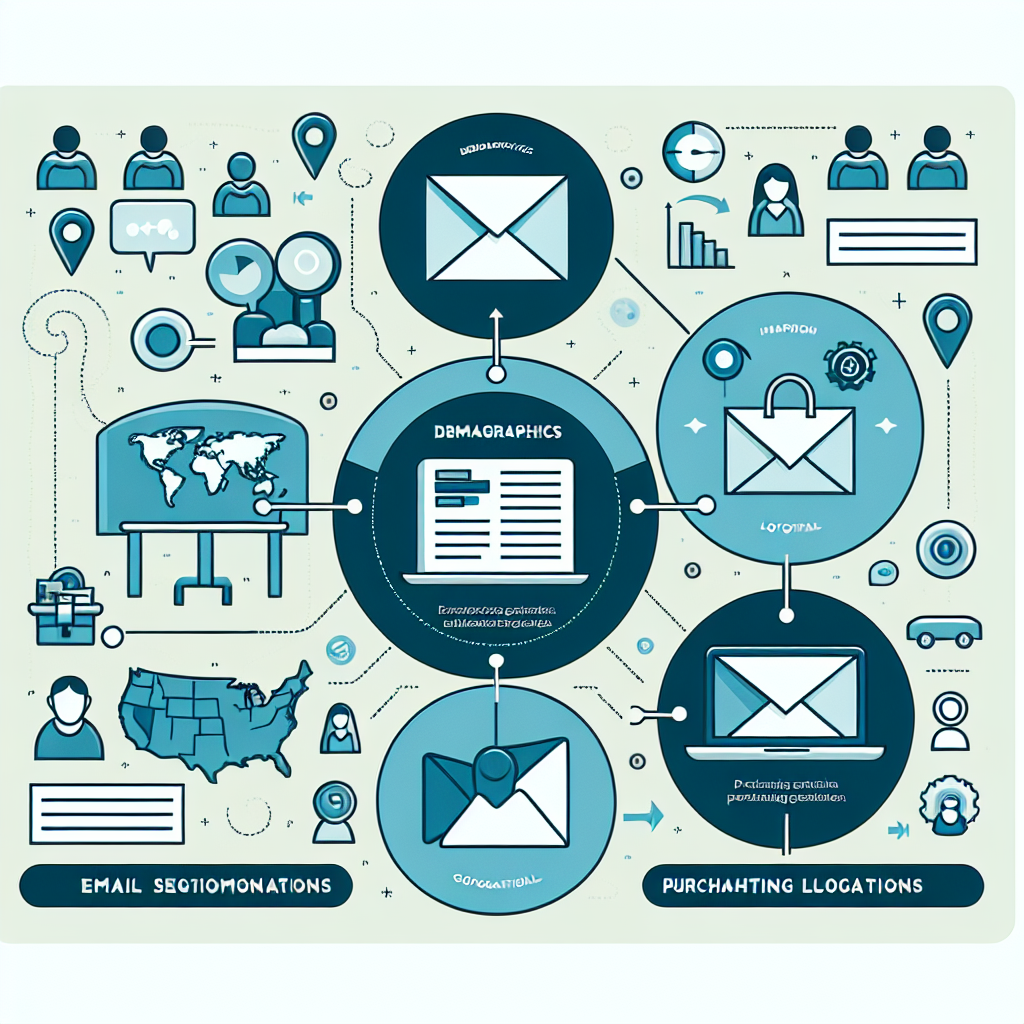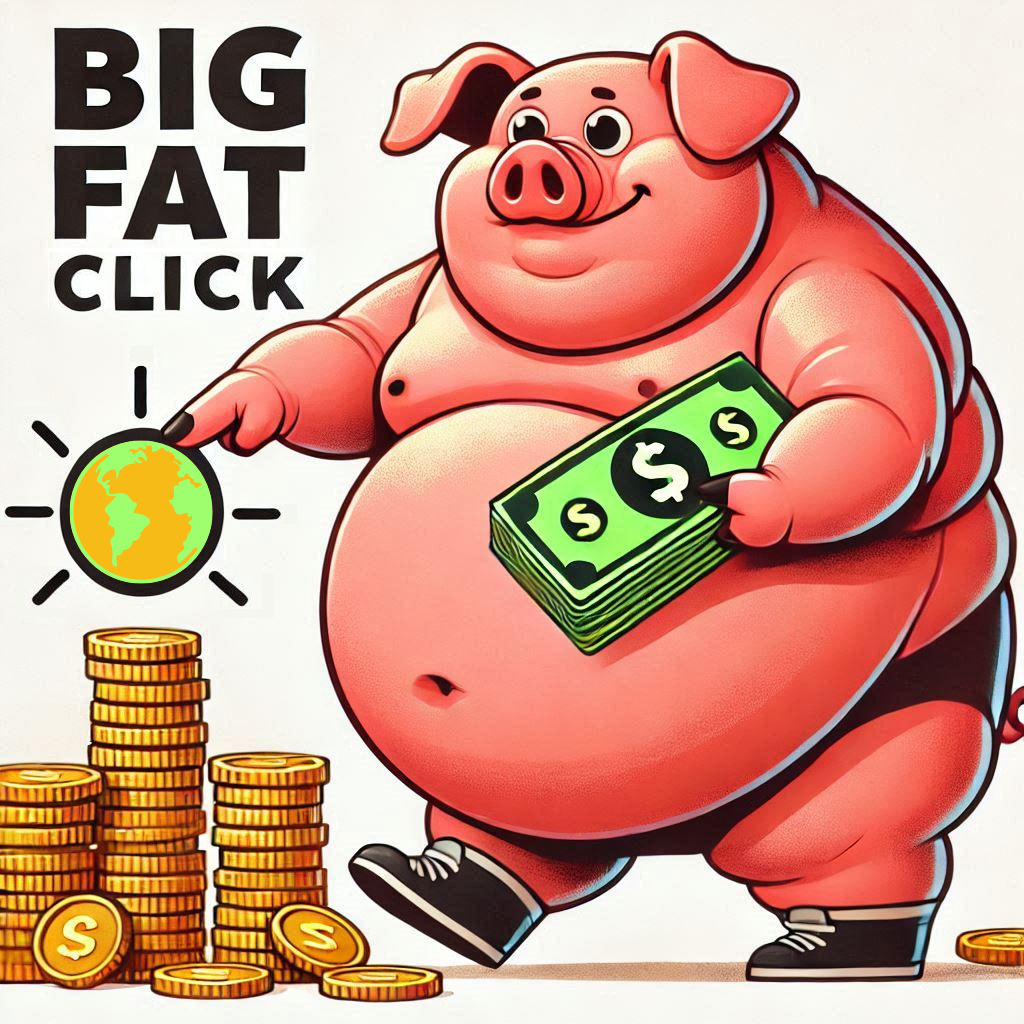
Email marketing is here to stay, but let’s be honest: sending a one-size-fits-all email is akin to shouting into the void. If your goal is to boost ROI and build genuine connections with your audience, there’s only one path to success: email segmentation strategies.
By dividing your email list into tailored segments, you can meet your audience where they are, delivering hyper-relevant messages that connect. But how do you implement segmentation in a way that actually works? Let’s dive in and unlock the strategies that transform generic campaigns into high-performing, ROI-driving powerhouses.
What Exactly Is Email Segmentation?
At its core, email segmentation means dividing your email subscribers into smaller groups based on specific criteria. These segments could be based on demographics, geographic location, purchasing behaviors, or even the actions your customers take on your website.
Unlike blanket campaigns that treat all your subscribers the same, segmentation allows you to create personalized experiences, which lead to higher open rates, better click-through rates, and ultimately, more conversions. In fact, studies consistently show that segmented emails deliver up to 58% higher revenue than non-segmented campaigns.
Why Is Email Segmentation So Effective?
It’s all about relevance. Think of your inbox: how often do you immediately delete emails that have nothing to do with your interests? Now flip the script. When an email speaks directly to your needs and preferences, you’re much more likely to engage. That’s the power of email segmentation strategies.
Segmentation creates a deeper connection with your audience. It shows that you’re not blasting out generic offers—you’re paying attention. And when people feel seen, they respond.
5 Practical Email Segmentation Strategies to Implement Today
1. Segment by Purchase History
Understand what your customers are buying and tailor your offers accordingly. For example, if someone recently bought a winter coat, consider sending them complementary items like scarves or gloves. Highlight purchase anniversaries or restock reminders to give customers a reason to return.
2. Use Engagement Levels
Group subscribers based on how they interact with your emails. Are they frequent openers, or have they gone cold? Loyal readers might appreciate early access deals, whereas disengaged audiences could benefit from a reactivation campaign with a personalized touch.
3. Capitalize on Geographic Data
Geography can provide powerful insights. If you run seasonal campaigns, send location-specific promotions tailored to local weather or regional events. What matters in Los Angeles might not be relevant in New York!
4. Focus on Demographics
Age, gender, and income level can be key drivers of purchasing behavior. For instance, younger audiences might prefer trendy, visually appealing email designs, while older demographics may value straightforward information and exclusive discounts.
5. Hone in on Website Behavior
Track what actions subscribers take on your website. Did they abandon their cart? Did they download a resource or read your blog? Use these behaviors to craft emails that anticipate their next move and guide them down the conversion funnel.
Tools to Simplify Email Segmentation
If the idea of email segmentation strategies feels overwhelming, don’t worry—technology has your back. Email marketing platforms like Aweber and GetResponse offer robust tools for segmentation, making it easier than ever to target the right audience. Many platforms even allow you to automate your segmented campaigns, saving you time while delivering results.
Final Thoughts: Make Every Email Count
No more guesswork. With email segmentation strategies, you can stop wasting time and resources on campaigns that miss the mark. Instead, build a system that works for you and creates genuine value for your subscribers. When done right, segmentation can be the secret weapon that skyrockets your ROI and transforms your email marketing efforts.
The best time to get started is today. Dive into your email data, understand your audience, and start crafting emails that truly resonate. If you’re not already leveraging segmentation, you’re leaving money—and relationships—on the table. Let’s change that.
Ready to unlock the full potential of your email campaigns? Share your thoughts or strategies in the comments below. Don’t forget to subscribe here for more actionable tips on improving your email marketing game from Big Fat Click!






